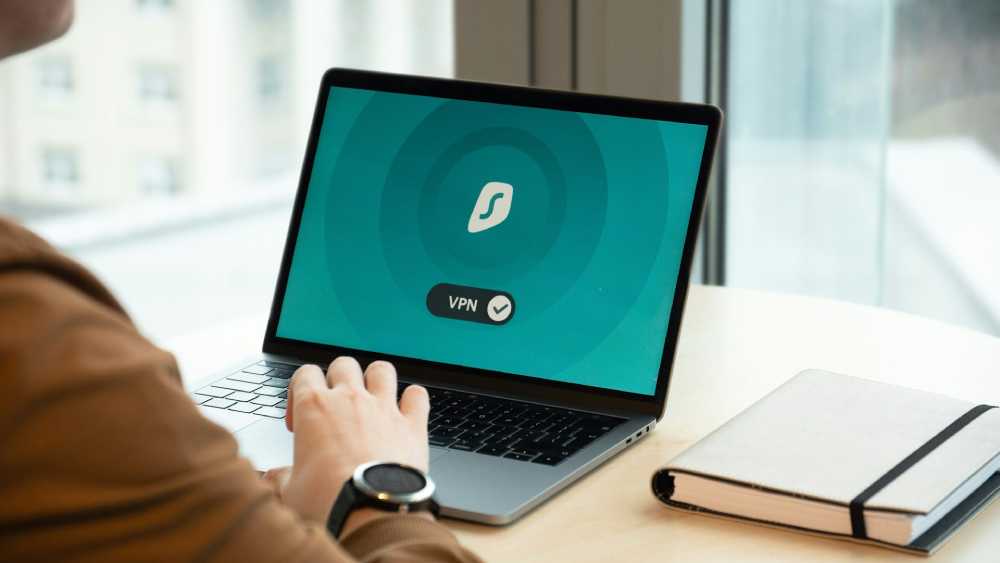
With remote work becoming the norm in various industries, the need for secure and efficient access to corporate networks from different corners of the world has drastically increased. Traditional network security solutions like the Virtual Private Network (VPN) facilitated remote work scenarios.
However, as the number of remote users scales up, this increases the strain on VPNs, leading to several drawbacks, including limited scalability, security vulnerabilities, and a less-than-optimal user experience. As a result, organizations have been exploring alternatives, with Zero Trust Network Access (ZTNA) emerging as a leading candidate.
The inherent limitations of VPNs become particularly glaring when considered against the backdrop of heightened cybersecurity threats. Organizations now find themselves in need of solutions that are not only secure but also agile enough to handle dynamic and sophisticated cyber environments.
Companies have logically turned to the more modern and flexible ZTNA frameworks to secure distributed workforce models.
Contents
Understanding the Basics of VPN and ZTNA Technology
A comparison between ZTNA versus VPN technologies provides a detailed analysis of evolving network access control and explains why ZTNA is better suited for the current remote work environment.
VPN has been a crucial tool for enterprises, providing a secure way for employees to access internal resources via an encrypted connection outside the office. This technology extends the company’s network over the public internet, allowing remote workers to work as if they were in the office.
In contrast, ZTNA represents a shift from network-centric to identity-centric security models, aligning with the need for adaptive and intelligent access methodologies. The ZTNA framework establishes strict rules based on the philosophy that trust is never assumed, irrespective of location or network, and access is granted only after a rigorous verification process.
ZTNA solutions enhance this approach by segmenting access at the application level and only connecting users to the specific applications they require rather than the entire network.
By doing so, ZTNA architectures successfully minimize the chance of unauthorized lateral movement across the network, something VPN solutions cannot inherently prevent. This fundamental shift in conceptualizing network access significantly strengthens any organization’s defense against unauthorized access and data leaks.
Why Zero Trust Security Matters in Today’s Cyber Landscape
In the current digital era, where cyber threats are a constant concern, Zero Trust security principles have become more relevant than ever. The crux of Zero Trust lies in its mandate that no entity, whether inside or outside of the network, should be trusted by default.
This stance counters the traditional implicit trust granted to users within a network perimeter, which attackers have exploited repeatedly. ZTNA, which stems from Zero Trust principles, requires stringent verification of all entities trying to access the network, thus significantly bolstering the security framework.
The adoption of ZTNA has been further fueled by the rise of sophisticated cyberattacks, which can easily bypass perimeter-based defenses. As such, the ability of ZTNA solutions to continuously monitor and validate users based on context and risk levels becomes an indispensable tool in any cybersecurity arsenal.
The need for organizations to reassess their security strategies in light of advanced persistent threats and internal risks is emphasized by the appeal of ZTNA.
ZTNA vs VPN: Analyzing Performance and Scalability
Regarding network performance and scalability, traditional VPNs falter under the weight of an increasingly remote workforce. Designed for a different era, VPNs often cause network congestion, compromised performance, and latency issues as more users join the network. This is particularly problematic for bandwidth-intensive applications and when users are geographically dispersed.
ZTNA, on the other hand, offers a more nuanced approach to connectivity, targeting resources with precision and maintaining high-performance levels regardless of user location or device.
A key factor affecting the choice between VPN and ZTNA solutions is how well they scale with organizational growth. Historical VPN architecture could become a bottleneck, hampering efficiency and productivity as business operations expand.
A comprehensive analysis, such as the one provided by ZTNA, demonstrates its ability to scale and adapt to the ever-changing business landscape. It offers just-in-time access without compromising performance or user experience.
How ZTNA Enhances Compliance and Data Privacy
ZTNA offers numerous benefits in terms of regulatory compliance and data privacy, in addition to security. Today’s business environment is subject to strict regulations about data protection, and ZTNA solutions are designed to help organizations comply with these standards. They achieve this by implementing comprehensive access policies that limit data access solely to employees who require it for their job functions.
Considering the increasing focus on data breach and the severe penalties imposed for non-compliance, businesses must have control over their data. ZTNA provides granular data control, which is especially crucial for organizations that want to avoid data access and transfer risks. It also enables them to apply robust protection measures that align with compliance standards, thereby reducing their risk exposure.
As a result, businesses can take a proactive approach to data privacy and compliance, which can help them stand out in a competitive marketplace.



Leave a Reply
You must be logged in to post a comment.